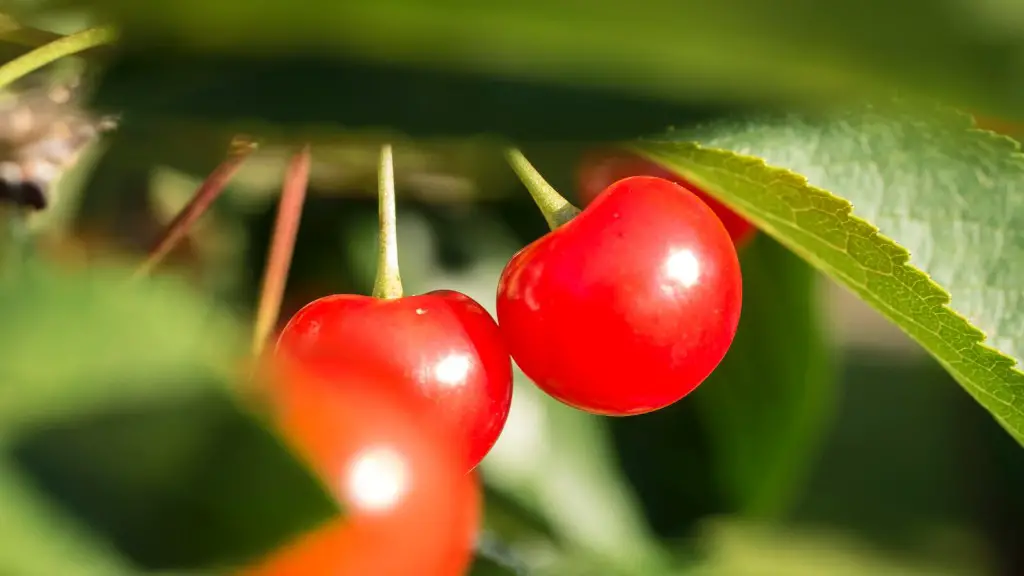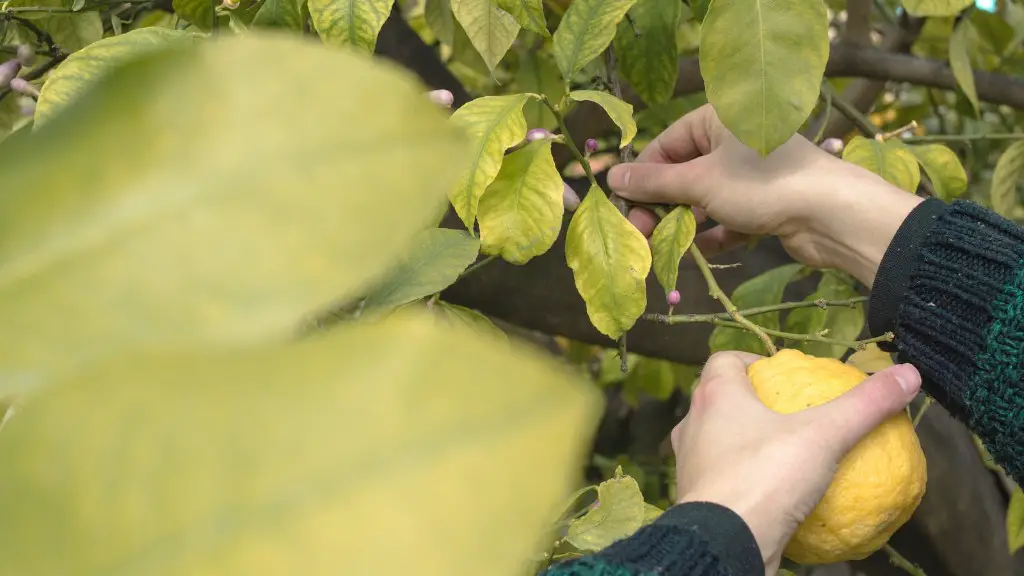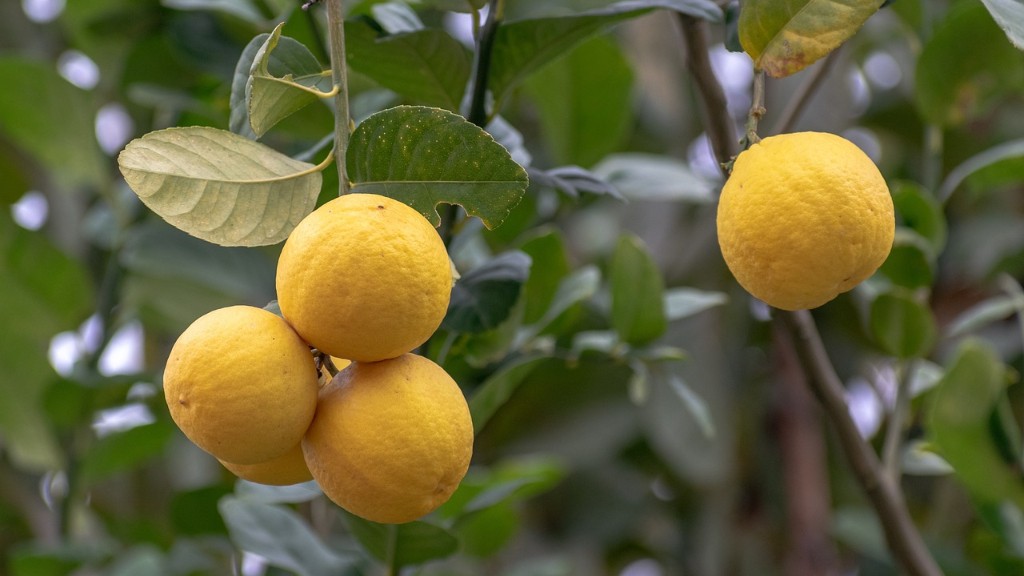One of the best ways to get a productive and beautiful garden is to include a semi-dwarf apple tree. Planting and caring for a semi-dwarf apple tree can be a rewarding experience, with huge rewards in both taste and presentation. A semi-dwarf tree will produce full-sized apples, but will stay on the smaller side, being about half the size of standard apple trees.
First thing’s first: Choose your tree wisely. Make sure you choose a variety that does well in your area’s climate. Gently remove the tree from its pot and place it in the planting hole by keeping it at the same depth it was in the pot. Fill in all the soil around the roots and firm it in around with your feet. Water it liberally; apple trees need lots of water.
Feed your apple tree with a good 12-12-12 fertilizer. Wait until after it has bloomed, then feed it every 6 weeks throughout the growing season. Be careful not to overfertilize. Prune your apple tree every year after it has stopped blooming. This will help keep it from becoming too leggy. The goal is to encourage growth laterally, not vertically.
When it comes to apple tree pests, keep watch for black spot and mildew on the leaves. Remove affected leaves and discard them; avoid composting them. If the problem persists, sprays with fungicides may be necessary. Aphids are another common problem, but can often be phased out with horticultural oil.
Pick the apples when they turn ripe, usually when they lose their glossy sheen and become dull in color. Grasp an apple with one hand and twist with slight pressure. The apple should come off the branch easily. Apples may stay on the tree several weeks after they’re ripe, but be aware that if left too long, they may spoil on the branch.
Lastly, there are a few ways to store your apples for longer life span. Keep them in a cool, dry place then put them in the fridge for up to ten days. Drying apples is trickier, but it can be done by straining off excess water and leaving them out until completely dry.
Caring for Semi-Dwarf Apple Trees
Although apple trees grown from seed can take longer to produce fruits than grafted ones, it’s worth the wait. Prune semi-dwarf apple trees in the winter, when they’re dormant, and thin out the apples in the summer. This helps produce larger, high-quality apples that can be harvested in late summer or early fall.
It’s also important to keep the tree watered and fertilized to encourage growth and productivity. A good fertilizing regime with a balanced mix of nitrogen, phosphorus, and potassium is necessary to produce fruit. Apply compost or manure around the tree in the fall, as well as mulch to help lock in moisture and keep weeds down.
Finally, keep the area around the tree free of weeds. Weed control is especially important early in the season, when the tree is trying to get established in its new home. Weed-free soil helps encourage the roots to spread and sends more of the nutrients to the tree.
Pest Prevention and Control
As with other fruit trees, semi-dwarf apple trees are prone to pests such as thrips, aphids, caterpillars, and codling moths. Keep an eye out for any pests that may attack the tree.
If you spot any, use an insecticidal soap or insecticide spray to rid the tree of the pest. Also, it’s important to prune the tree regularly to keep pest populations under control. Prune branches that are damaged, dead, or diseased.
A good start to pest prevention is to purchase high quality apple trees. This ensures that the tree is resistant to certain pests and diseases. Look for naturally grown, organic apple trees, as they are less prone to disease and pests than others. Thoroughly inspecting your tree for pests before you buy it is also recommended.
If you can, provide the tree with a layer of fresh compost in the spring to help ward off pests and provide nutrients the tree needs.
Fungal Disease Management
Apple trees are also vulnerable to fungal diseases such as apple scab, fire blight and powdery mildew. Scab is an especially common problem in apple trees. Regularly inspect the tree for signs of disease and act quickly if you spot any. Pruning away affected branches is a good start and can prevent the disease from further spreading.
Spraying the affected parts with a fungicide can also help. Choose a fungicide that is specifically formulated for apple trees and follow the instructions carefully to ensure proper application.
Good air circulation also helps prevent some fungal diseases. Maintain good airflow throughout the tree by removing crossed branches, pruning strategically and providing good pruning techniques.
Even with regular inspection and preventive techniques, it’s possible that you might have infected apple trees. If that’s the case, it’s important to remove infected fruits from the tree immediately. This can prevent further spread of the disease.
Protecting Apple Trees from Winter Damage
During cold winter months, semi-dwarf and other apple trees can suffer damage from extreme cold. If possible, cover the tree with a tree wrap, burlap or a blanket before winter sets in. This helps the tree retain warmth and moisture.
You can also mulch the tree with wood chips or shredded leaves. Mulch helps insulate the soil and keeps it from freezing. Keep the mulch away from the trunk of the tree, as it can cause it to rot.
If possible, water the tree before a cold front comes through. Water helps the tree soak up more moisture and keeps it from drying out.
Finally, keep the tree pruned and fertilized. This helps improve the tree’s vigor and makes it more resistant to cold temperatures.




